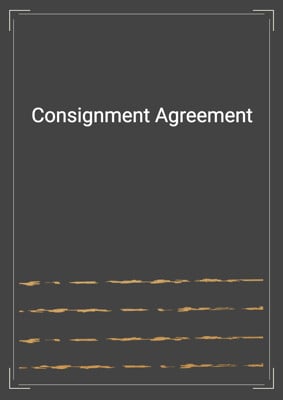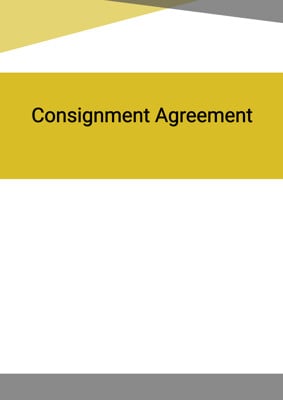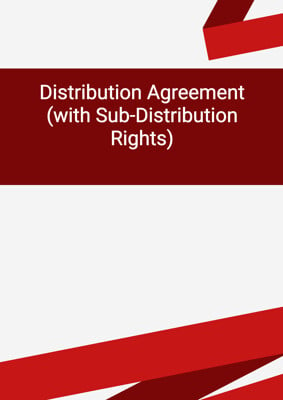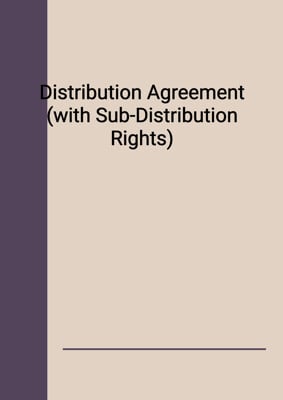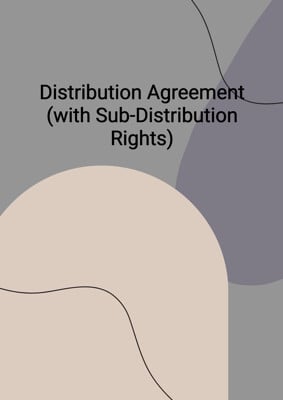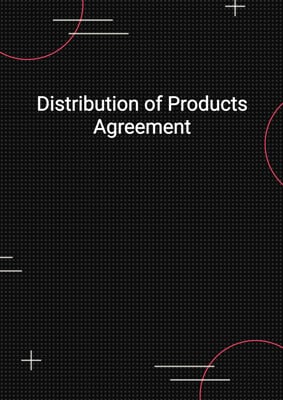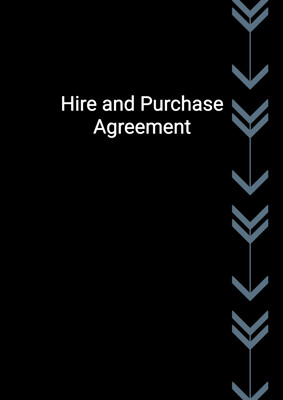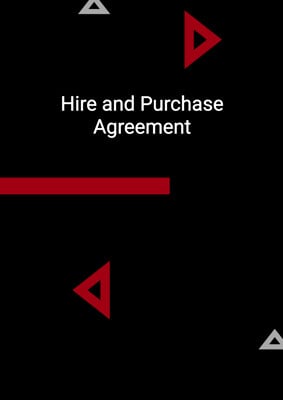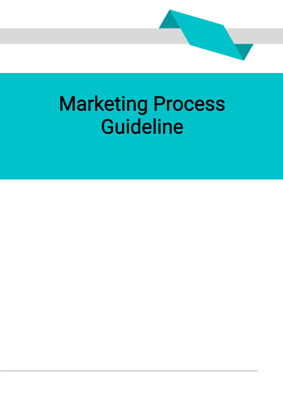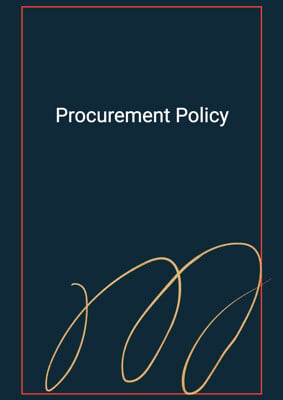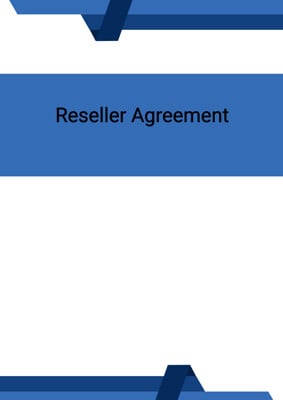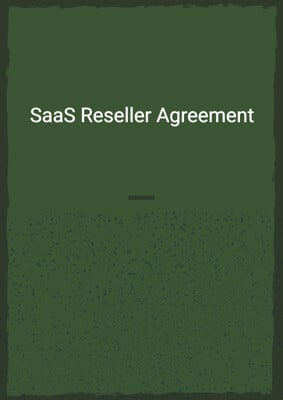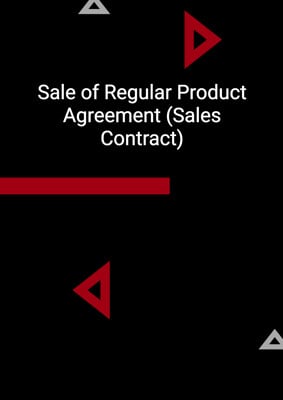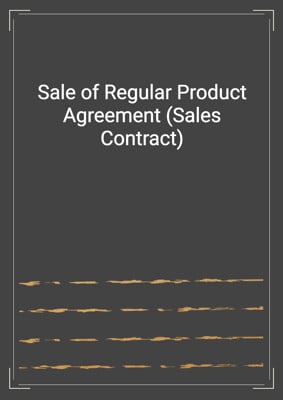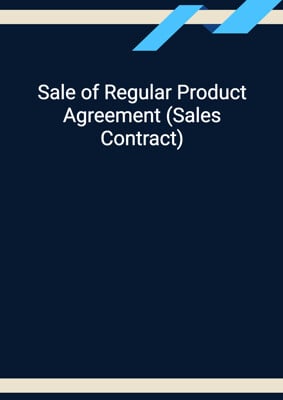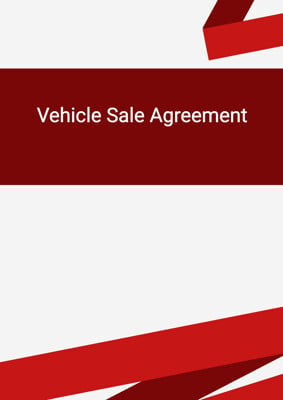How to Tailor the Document for Your Need?
01
Create Document
Fill in the details of the parties. You can click the "Fill with Member’s Information" button to complete it with information saved to your account.
02
Fill Information
Please fill in any additional information by following the step-by-step guide on the left hand side of the preview document and click the "Next" button.
03
Get Document
When you are done, click the "Get Document" button and you can download the document in Word or PDF format.
04
Review Document
Please get all parties to review the document carefully and make any final modifications to ensure that the details are correct before signing the document.
Document Preview
Document Description
The Vehicle Sale Agreement is a legally binding document that outlines the terms and conditions of the sale of a vehicle between the Seller and the Buyer. It is important because it protects the rights and interests of both parties involved in the transaction.
The entire document is divided into several sections, each addressing a specific aspect of the agreement. The first section is the Scope of the Agreement, which clearly states that the purpose of the agreement is the sale of the vehicle. It also mentions that the terms of the agreement must be followed by both parties.
The second section is about the General Obligations of the Seller and the Buyer. It highlights the responsibilities of each party, such as the Seller's obligation to deliver the vehicle and ensure its roadworthiness, and the Buyer's obligation to inspect the vehicle upon delivery.
The third section is about Delivery. It specifies the delivery date and the responsibilities of the Seller in selecting a carrier and procuring any necessary import licenses. It also mentions that the Seller should notify the Buyer in case of any delay in delivery.
The fourth section is about the Final Inspection. It states that the Buyer should inspect the vehicle upon physical delivery and that the inspection must be successfully completed before final acceptance of the vehicle. It also clarifies that the Seller's warranty and obligations are not reduced by the successful completion of the inspection.
The fifth section is about Warranty. It includes the Seller's warranty that the vehicle is free from encumbrances and the limitations of liability for damages caused by negligence or accidental damage.
The sixth section is about Title and Risk. It explains that the title to the vehicle is passed to the Buyer upon delivery, and the Seller is responsible for insurance prior to the delivery date.
The seventh section is about Price and Payment. It states that the Buyer should pay the price for the vehicle at the time of actual delivery and specifies the payment terms. It also mentions that the Buyer is responsible for customs duties and taxes.
The eighth section is about Delays and Force Majeure. It addresses the liability for delays in delivery and the impact of force majeure events on the performance of the agreement.
The ninth section is about Term and Termination. It specifies the term of the agreement and the conditions under which either party can terminate the agreement.
The tenth section is about Amendments. It states that any amendments or modifications to the agreement must be in writing and executed by both parties.
The eleventh section is about Severability. It clarifies that if any provision of the agreement is held to be void or unenforceable, the remaining provisions shall continue to be valid.
The twelfth section is about Notices. It explains the requirements for giving notice under the agreement, including the methods of delivery and the addresses of the parties.
The thirteenth section is about Settlement of Disputes. It encourages the parties to resolve any disputes amicably before resorting to formal dispute resolution mechanisms.
The fourteenth section is about Dispute Resolution. It mentions that the agreement is subject to the jurisdiction of the relevant courts.
The fifteenth section is about Counterparts. It allows the agreement to be executed in multiple counterparts.
The sixteenth section is about No Rights for Third Parties. It clarifies that only the parties to the agreement have the right to enforce its terms.
Attachment A provides a description of the vehicle, including its chassis number, make and model, year, mileage, and registration mark. Attachment B specifies the price and payment terms, stating that full payment should be made upon delivery.
In summary, the Vehicle Sale Agreement is a comprehensive document that covers all aspects of the sale of a vehicle, ensuring that both the Seller and the Buyer are protected and their rights and obligations are clearly defined.
How to use this document?
To use the Vehicle Sale Agreement, follow these steps:
1. Provide information: Enter the Seller's and Buyer's information in the agreement, including their registered office addresses. This ensures that both parties are clearly identified.
2. Describe the vehicle: Attach a description of the vehicle, including its chassis number, make and model, year, mileage, and registration mark. This provides detailed information about the vehicle being sold.
3. Specify the scope of the agreement: Clearly state that the purpose of the agreement is the sale of the vehicle and that both parties must comply with the terms and conditions.
4. Define general obligations: Outline the responsibilities of the Seller and the Buyer, such as the Seller's obligation to deliver the vehicle and the Buyer's obligation to inspect it.
5. Determine the delivery date: Agree on a specific delivery date for the vehicle. This ensures that both parties are aware of the timeline for delivery.
6. Select a carrier: The Seller should select a carrier that is reasonably satisfactory to the Buyer and notify the Buyer of the carrier's name and the expected date and time of arrival at the delivery address.
7. Conduct a final inspection: The Buyer should inspect the vehicle upon physical delivery to ensure that it meets their requirements. The requirements and procedure for the inspection should be agreed upon in writing.
8. Understand the warranty: The Seller provides a warranty that the vehicle is free from encumbrances. However, the Seller is not liable for damages caused by negligence or accidental damage.
9. Transfer title and risk: The Seller should transfer the title to the vehicle upon delivery, and the risk of accidental loss or damage passes to the Buyer on the delivery date.
10. Agree on the price and payment: Determine the price of the vehicle and specify the payment terms. The Buyer should pay the price at the time of actual delivery, and any customs duties and taxes should be paid by the Buyer.
11. Address delays and force majeure: Define the consequences of delays in delivery and the impact of force majeure events on the performance of the agreement.
12. Specify the term and termination: Determine the term of the agreement and the conditions under which either party can terminate it.
13. Amend the agreement if necessary: Any amendments or modifications to the agreement should be in writing and executed by both parties.
14. Understand the dispute resolution process: If any disputes arise, the parties should try to resolve them amicably before resorting to formal dispute resolution mechanisms.
15. Execute the agreement: Sign the agreement in multiple counterparts and keep a copy for each party involved.
By following these steps, you can effectively use the Vehicle Sale Agreement to facilitate a smooth and legally binding transaction.
Not the right document?
Don’t worry, we have thousands of documents for you to choose from:


